Fatality is due to a reproductive issue not uncommon in female birds
(BALTIMORE, MD) – The Maryland Zoo in Baltimore is saddened to announce that its female hamerkop (Scopus umbretta) passed away due to a reproductive tract issue not uncommon in female birds.
The bird came to the Maryland Zoo in Dec 2020 as part of a breeding recommendation from the Association of Zoos and Aquariums (AZA) Hamerkop Species Survival Plan (SSP).
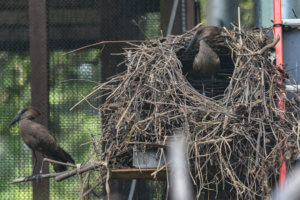
Along with the Zoo’s male, the pair initially built a nest as a bonding exercise in the spring of 2021 and fully completed it this year. For the past few weeks they were observed exhibiting mating displays and spending time in the nest together. Animal care staff were checking the nest frequently and optimistic the female would produce an egg(s).
Unfortunately, the female was found deceased early in the morning, and an animal autopsy revealed that she died suddenly due to an impacted reproductive tract. The female had no history of reproductive issues, which can develop suddenly and without warning during egg production.
“All the signs were positive that the pair of hamerkops would reproduce,” said Jen Kottyan, Curator of Birds at the Maryland Zoo. “Unfortunately, young female hamerkops have higher risks of reproductive issues, which was the case here.”
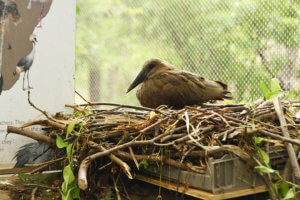
Hamerkops are widely dispersed throughout sub-Saharan Africa. They live in diverse habitats, from forest to semi-desert, anywhere where water is accessible. They frequent lakes, rivers, marshes, temporary seasonal ponds, and man-made waterways such as dams and irrigation channels. Hamerkops are most often seen in savannahs and woodlands, and may be only seasonally resident in semi-arid areas. They can be seen in the African Aviary exhibit of the Maryland Zoo.
Hamerkops are known for their huge, domed nests – the largest of any bird in Africa. A finished nest may contain as many as 8,000 items and weigh over 50 pounds. No matter how big, though, a hamerkop nest is accessed by only one small entrance hole.
SSP Programs are led by expert advisors who cooperatively work together to maximize genetic diversity, appropriately manage the demographic distribution and long-term sustainability Animal Programs within AZA member institutions. Each SSP Program manages the breeding of a select species or subspecies by collaborating with the AZA Population Management Center (PMC), Reproductive Management Center (RMC), Program Leaders, and Institutional Representatives (IRs) from each participating institution to develop an SSP Breeding and Transfer Plan.

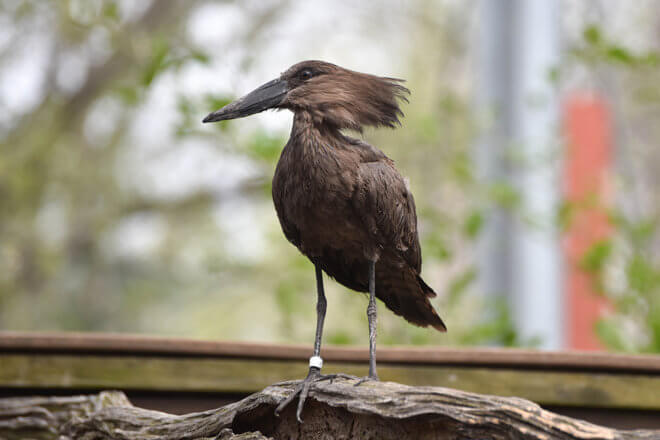
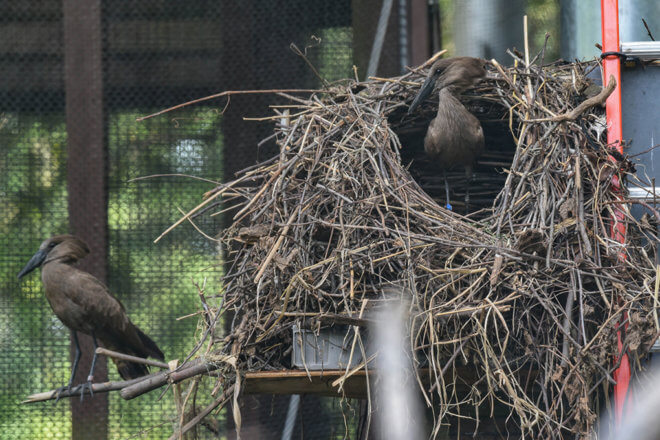
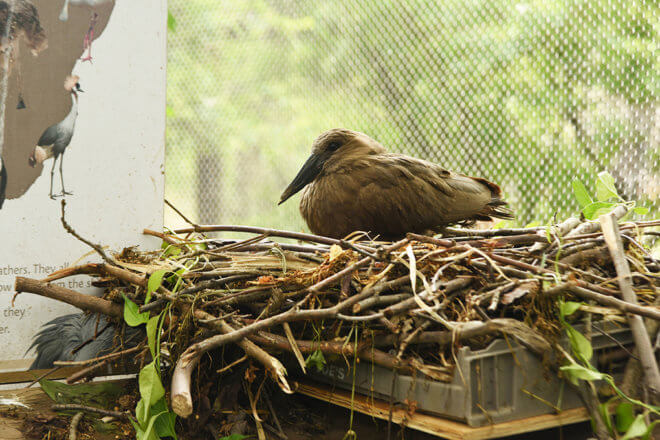
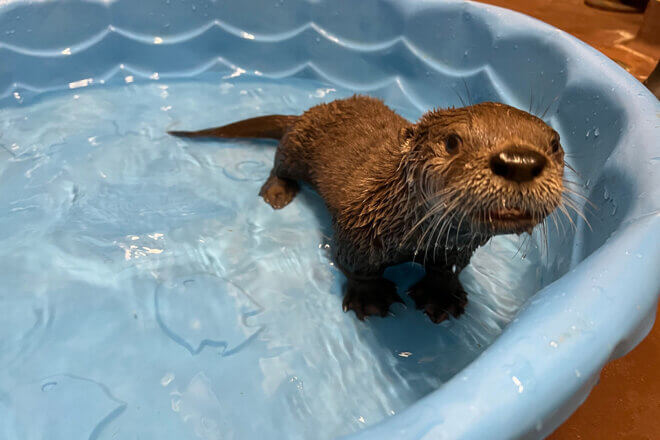
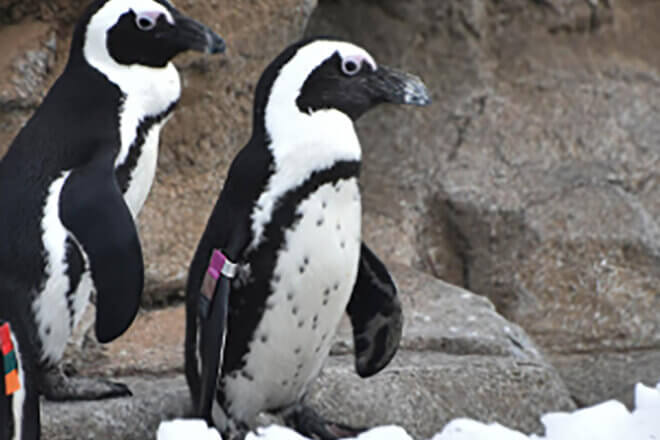
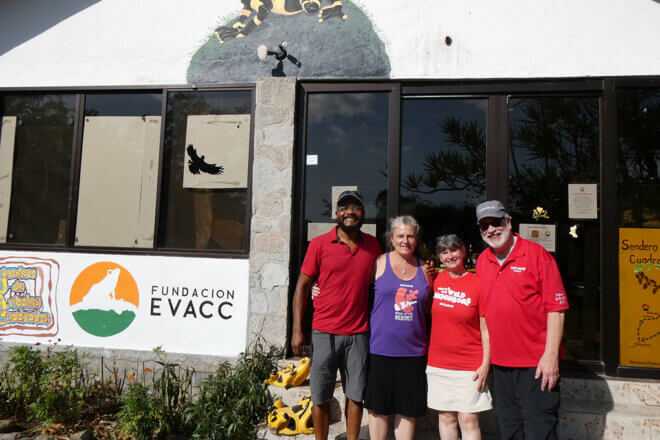

Share this article